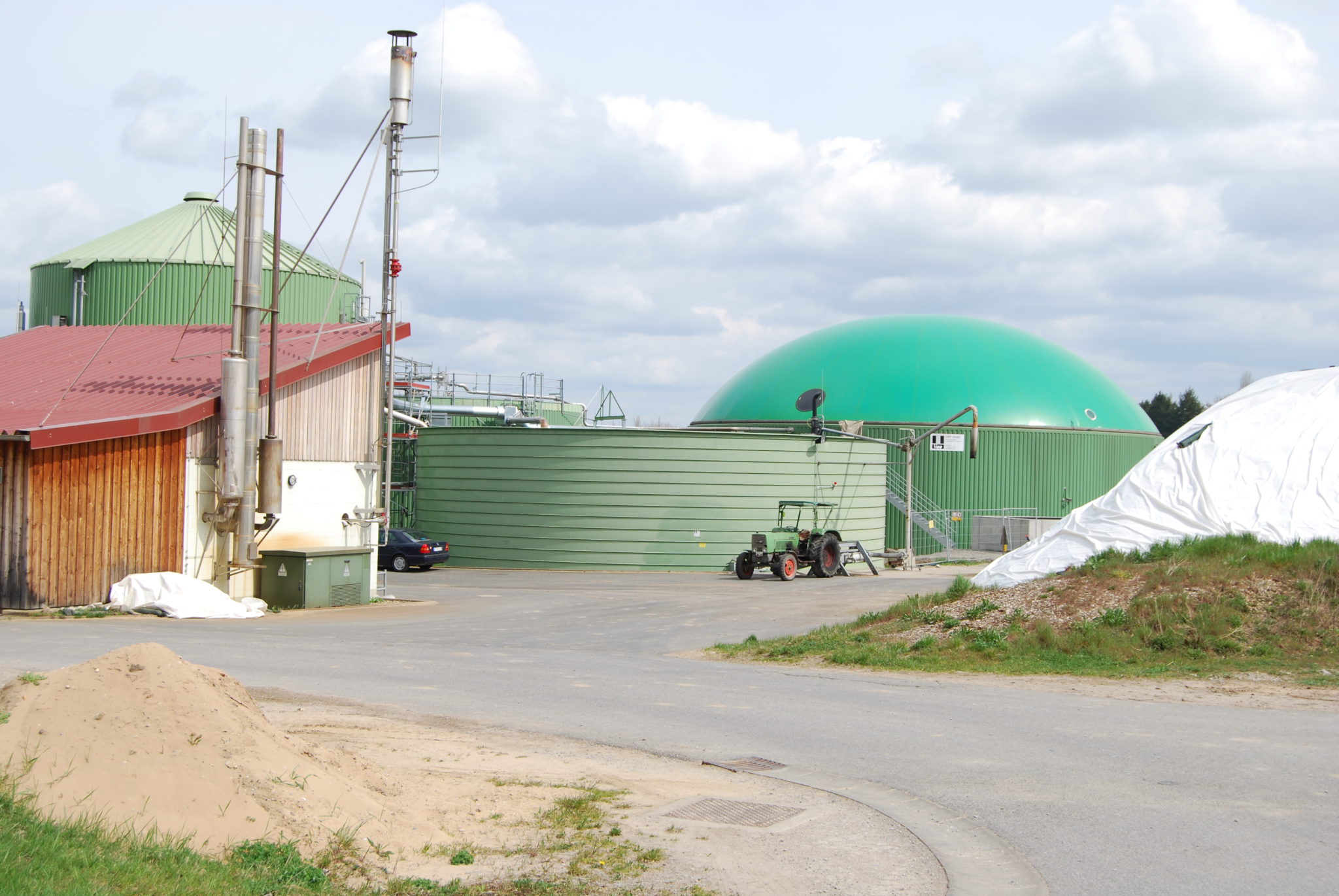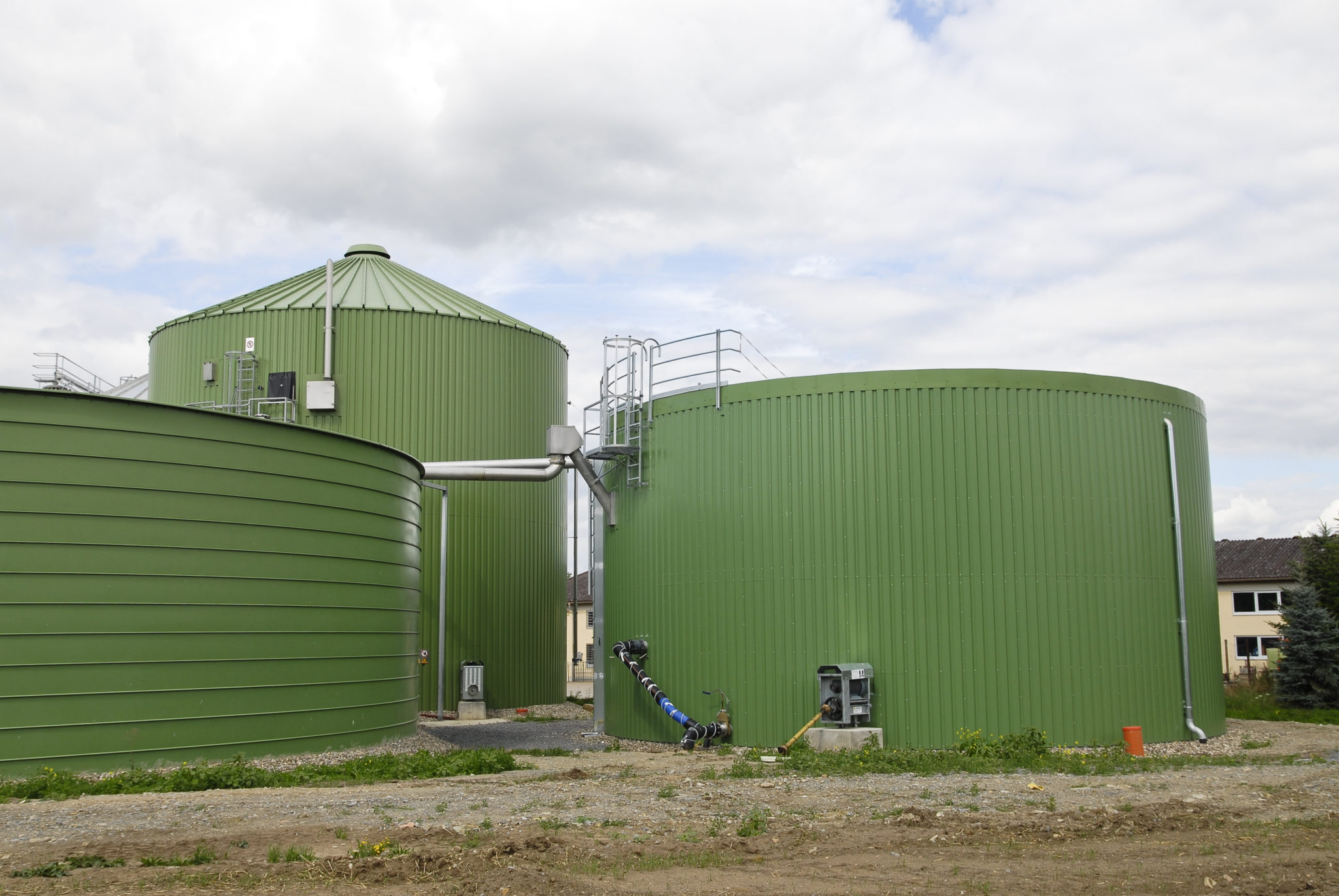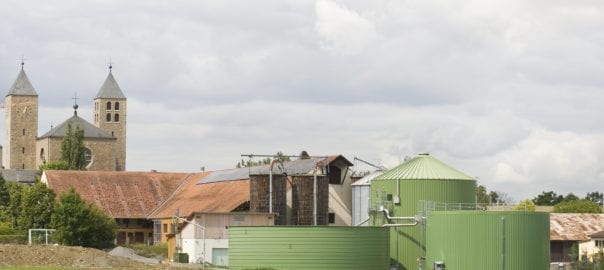Case Study Monastery Münsterschwarzach
Independence through renewable energies

Sector
Agriculture
Application
Waste Water Treatment
Product
1 x LIPP KomBio-Reactor
1 x LIPP Liquid Manure Container
1 x LIPP Universal Digester
1 x LIPP Post Digester
Year of construction
2006 / 2008 / 2013
Location
Münsterschwarzach, Germany
Summary
Construction of a biogas plant for self-supply of the monastery with renewable energies.

- Accurate calculations, since the monastery in 10 years is to be supplied exclusively with renewable energies
- Size of the monastery makes the project challenging
- Further considerations, because the high fuel oil consumption in the monastery still exists
- Shortening the fermentation time of the corn
- Assembly of the new tank during operation
Initial situation and solution searching
Abbot Fidelis Rupert and Father Anselm Grün put an ambitious objective forward in 2000. Within ten years, the monastery should to be supplied exclusively with renewable energies.
The size of the monastery shows, how ambitious this project was. “There are 100 monks living in the monastery,” says Brother Edmar. “There is also a gymnasium with more than 900 pupils, as well as a guest house with 80 beds. As well 200 persons work in the associated factories and workshops.”
The plan was implemented. At first, a LIPP KomBio-Reactor and a LIPP Liquid Manure Container were built in 2006. Since the monastery still had a very high consumption of fuel oil and the assembly of the first two tanks flow very smoothly, the monastery decided to build an additional LIPP Universal Digester in 2008. Thanks to this biogas plant, the monastery saves 135,000 liters of heating oil. “Of course this is a huge amount,” summarizes the responsible operation manager Klaus Burger. “The wood heating system is switched off in the summer and we cover the entire heat demand for industrial water via the biogas plant.
The biogas plant will be filled with 7 tons corn, grassland and 1.5 tons of grain. To 95 percent the feed will be grown on own land and the substrate comes back to the fields, so the operation is independent of price fluctuations. Since the corn has a fermentation period of 56 days, we have decided to build an additional LIPP Post Digester in the year 2013. Previously, when we fed corn and grass, we sent 20 percent to the final storage. Since we have the additional digester, there is only a feed loss of 5 to 8 percent in the final storage. Therefore, the biogas plant has been more profitable than expected and we are very satisfied with it.”

